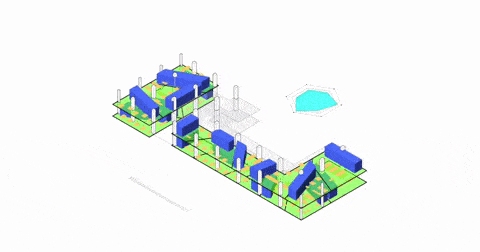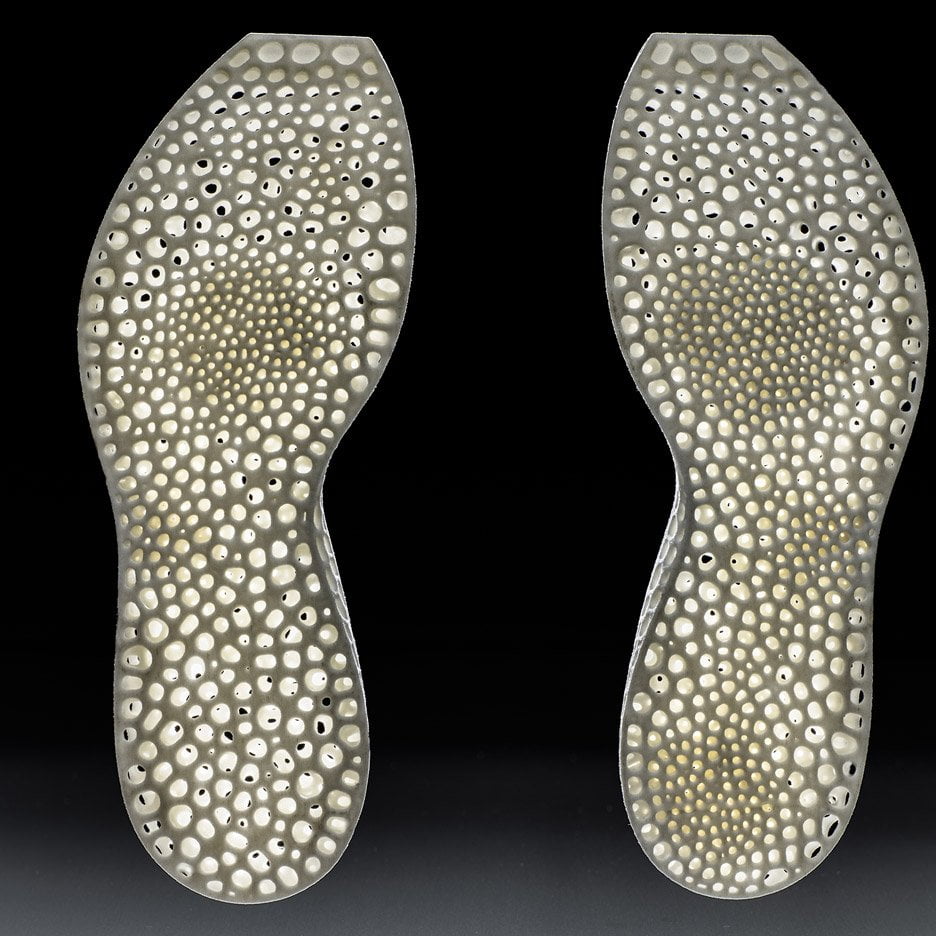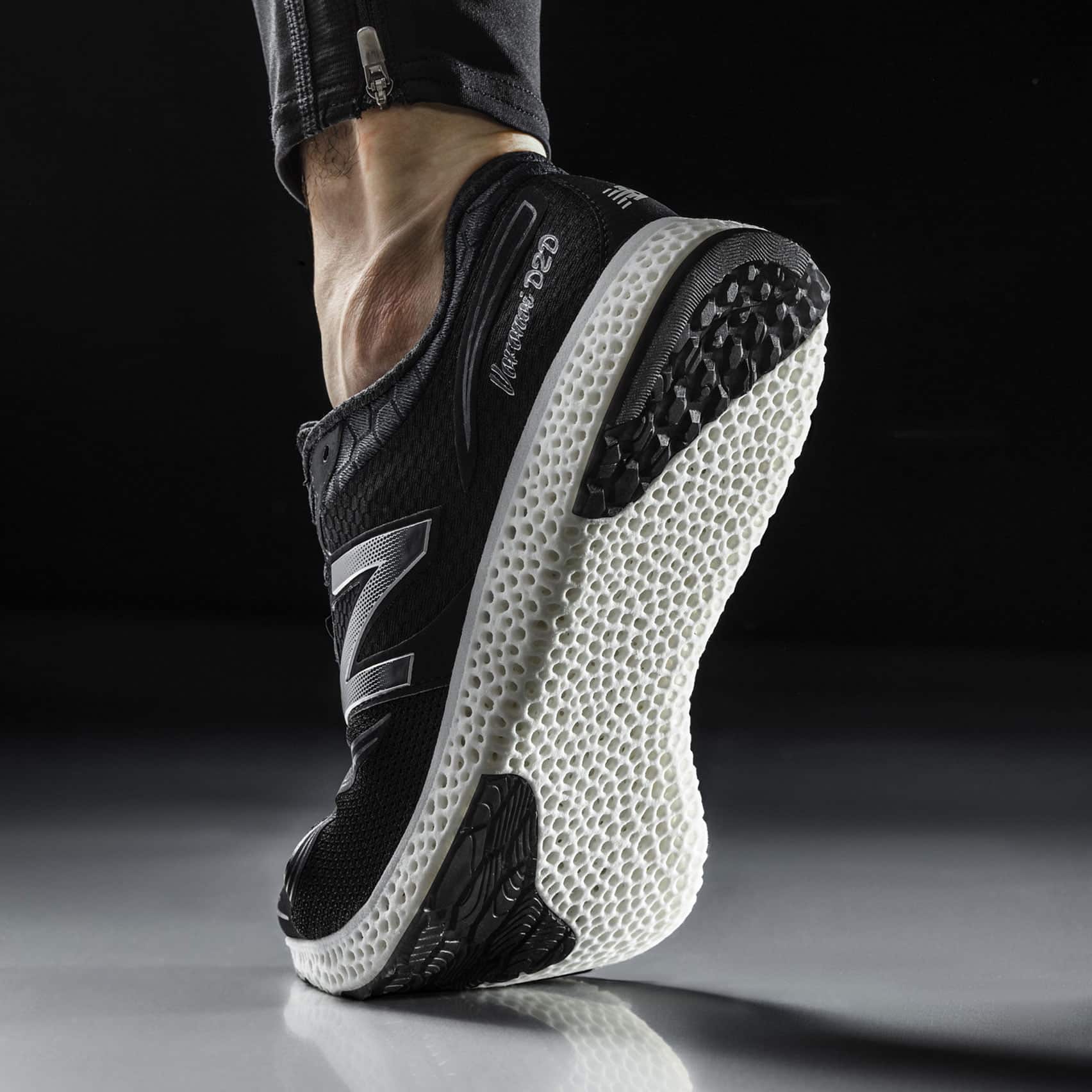The future of design, and in general of the creation of places and objects, will change a lot with the help of CAD programs equipped with artificial intelligence.
Always engineers, architects and designers have worked to find new innovative ways of doing things. The traditional design method involves a series of iterative cycles that gradually lead to the improvement and refinement of a solution. In other words, an initial design is optimized: and in the end, the design deemed best or closest to the designer's expectations becomes the final product. Now put generative design into this process.
Generative design in architecture
Generative design means giving an artificial intelligence some control over the design process. AI exploits the computing capacity of computers by simultaneously developing many variations of a project, and mixes them with the choices and influences of a human being.
The (expensive) CADs that work with generative design tools, like Autodesk Revit or Autodesk Fusion 360, allow the user to insert a series of constraints into a design and generative algorithms process a series of choices. For example, you can ask the software to develop a housing solution to guarantee the right space for the occupants. Or to guarantee a good capacity, if it is a warehouse. In short, a series of parameters which artificial intelligence takes into account in pursuing the best result.
As you might imagine, this is work that requires a significant amount of computing power, which is why most generative CAD tools leverage the cloud. The biggest advantage of this workflow is that the Architect could go from manually sketching variations to presenting all possible options for the structure. Not just some: ALL possible options. It is generative design, beauty.

It is not a video game
If until some time ago the parameters to be set on a generative design software could have been nice jokes of the programmers, good enough to make the most experienced architects turn up their noses, today the generative design algorithms are serious. They can take into account manufacturing processes, construction costs, material costs, material weight, structural design, and a thousand other variables. To get the best from such technology, however, in addition to an open mind and the desire to evolve, it is necessary to develop a real way of working "hand in hand" with theartificial intelligence.
Generative design as a methodology
The first step is to understand that this AI-based technology is itself a methodology, rather than a tool. Generative design embodies the design process, aiding the workflow of engineers, architects and designers. It does not intend to replace their roles, but to enrich them to make the human element even stronger.
At the heart of generative design is the ability for creatives to make informed decisions about their design process. A generative methodology creates a hyper-intelligent "disciple", called to transfer the values of his "human master" and his mentality with exceptional quantitative work.

The human “Master” defines the parameters, but instead of having to model all the different options that fit those parameters himself, he lets a computer do it. After all, humans are perfect for creative tasks. Understanding all, but all the ways in which a building or a series of buildings could fit into a certain space, well, it would end up being boring.
I know I pissed off some architects and civil engineers, but think about it: The time you save in that process can be used to make the structure more unique and characteristic. According to various studies, the global engineering and construction market will grow by 11,8% in the next 5 years, despite Covid. A generative approach to design could help solve this problem.
Generative design, the way of the future
This obviously doesn't mean that you necessarily have to create buildings or objects with a convoluted appearance, nor that you always have to use "the magic button that does everything by itself". It can simply mean that a beautiful, tasteful building, well thought out by an excellent professional, is also optimized for light, or is twice as light as the one next to it, with the same resistance.
Generative design and its natural aptitude for optimization can make it go much beyond the tasks I have described in this article. Currently, for example, it is estimated that 37% of modern design companies use generative design in some form.


